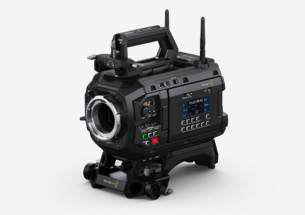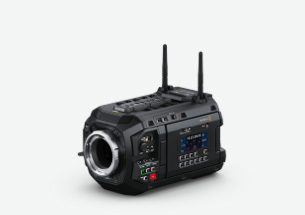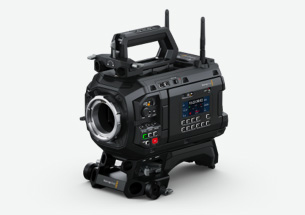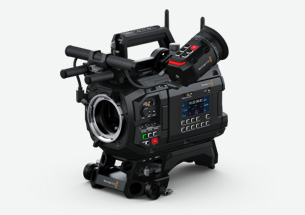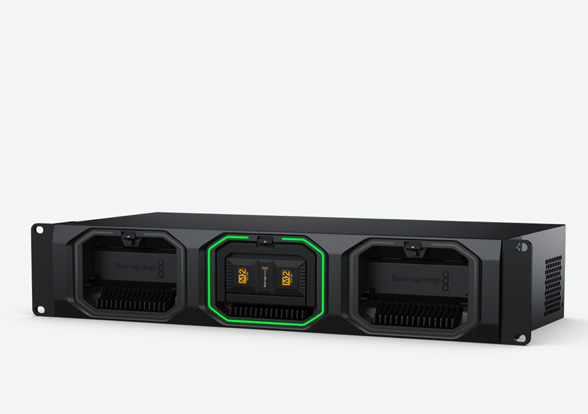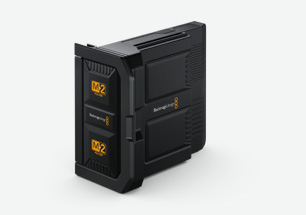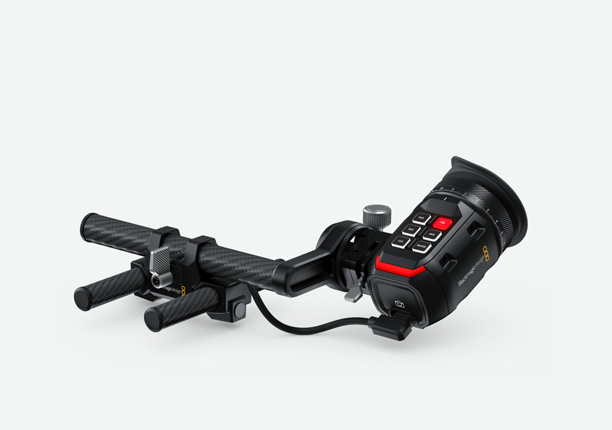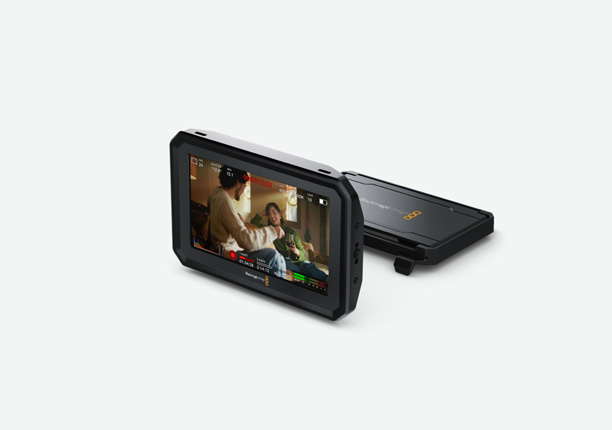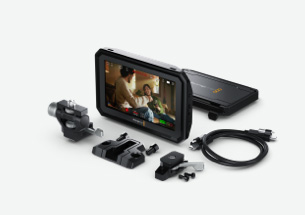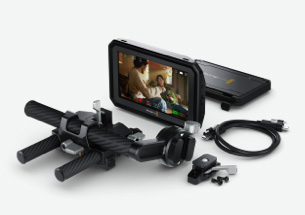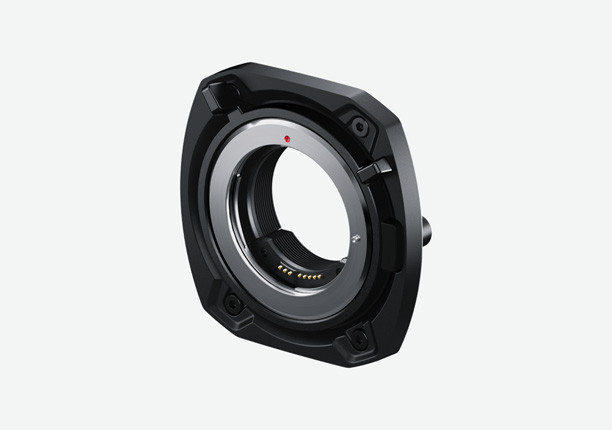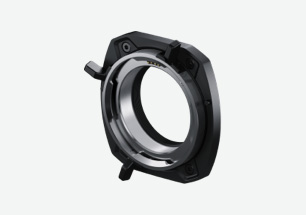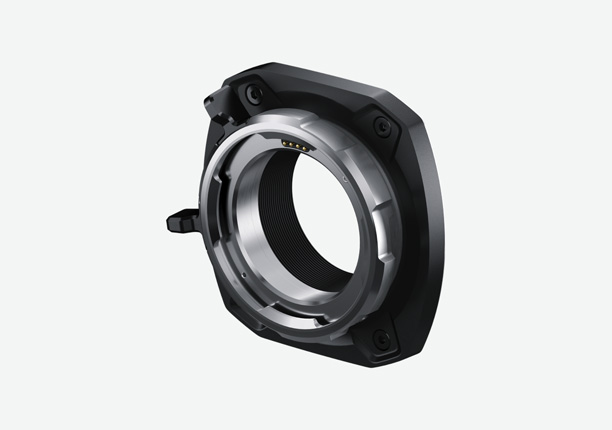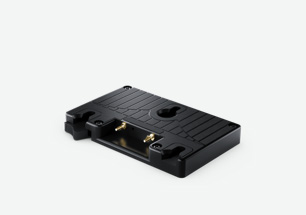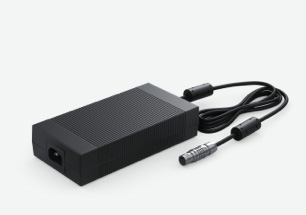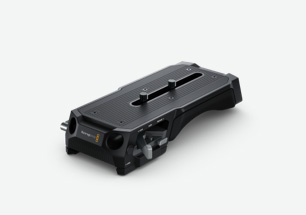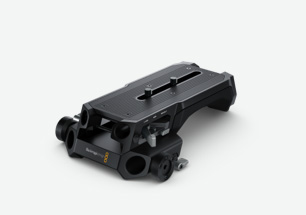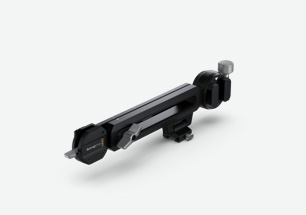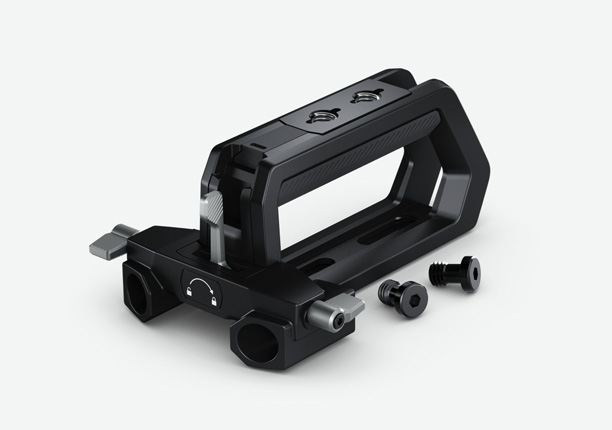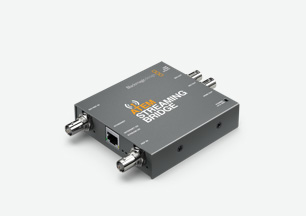Dylan RuckerÔÇÖs short films and music videos are known for their gritty realism. Natural colors and beautiful landscapes is what he wanted from the ag└¤╗ó╗˙ URSA Cine 17K 65.
ÔÇťI love working with cameras that bring out colors and textures that are true to what I see! I havenÔÇÖt shot a whole lot on ag└¤╗ó╗˙ URSAs before, so I was really interested in shooting with their new 140 megapixel sensor. We spent two days capturing cowboys and cowgirls riding horses, driving trucks, and just being in the dry, sandy desert. So this shoot was all about being authentic.ÔÇŁ
ÔÇť65mm cinematography is as close as you get to see in real life. Even when shooting on a 24mm lens, the field of view is more like a 14mm, but without the distortion you get with full frame. So thereÔÇÖs more depth and separation with 65mm cinematography, that makes everything feel super real!ÔÇŁ
ÔÇťHaving a 65mm sensor in a camera the size of the URSA Cine, means you can easily throw it on a drone, car rig, Steadicam or techno crane. It also has 16 stops of latitude and these cool monitors on the operator and assistant side, that really speeds things up! This camera has off speeds that were great for some of the horse scenes, and surprisingly, it will also shoot in 8K and 4K as well.ÔÇŁ




























